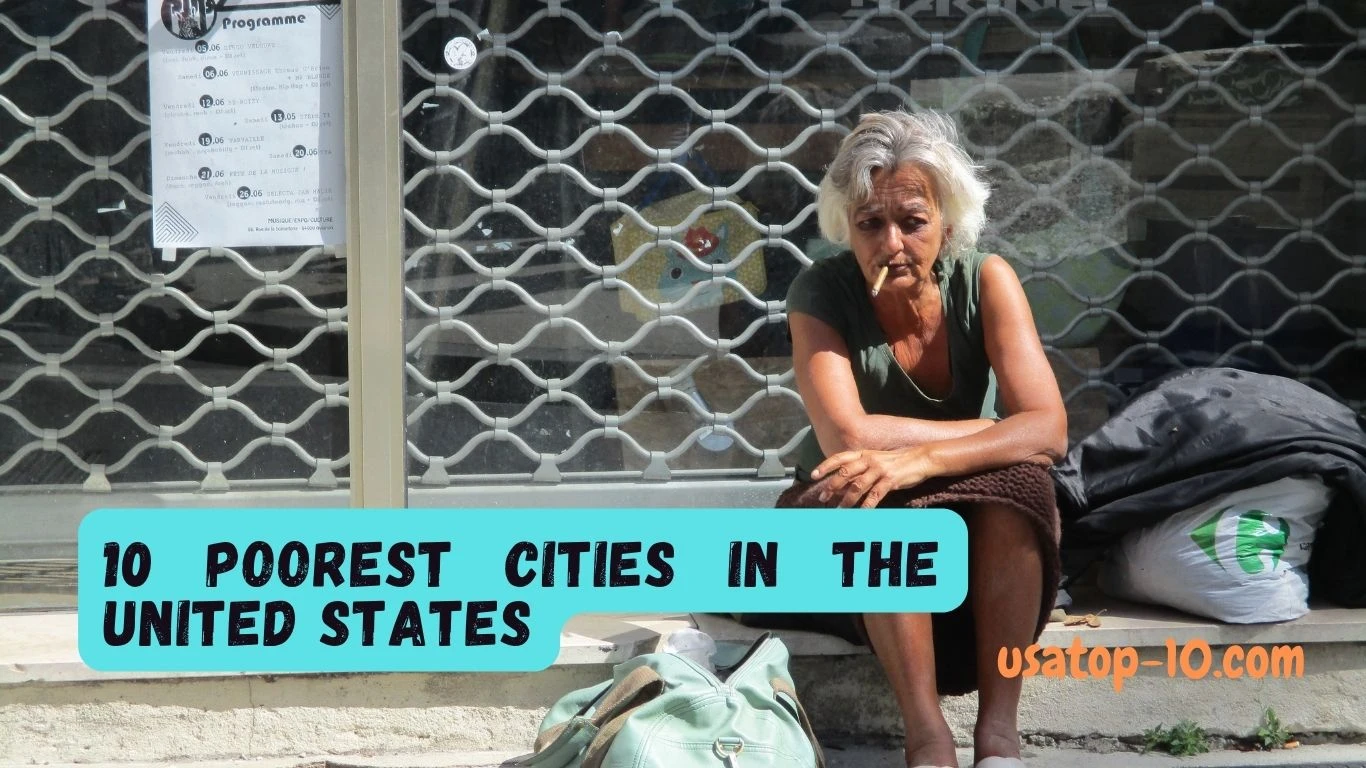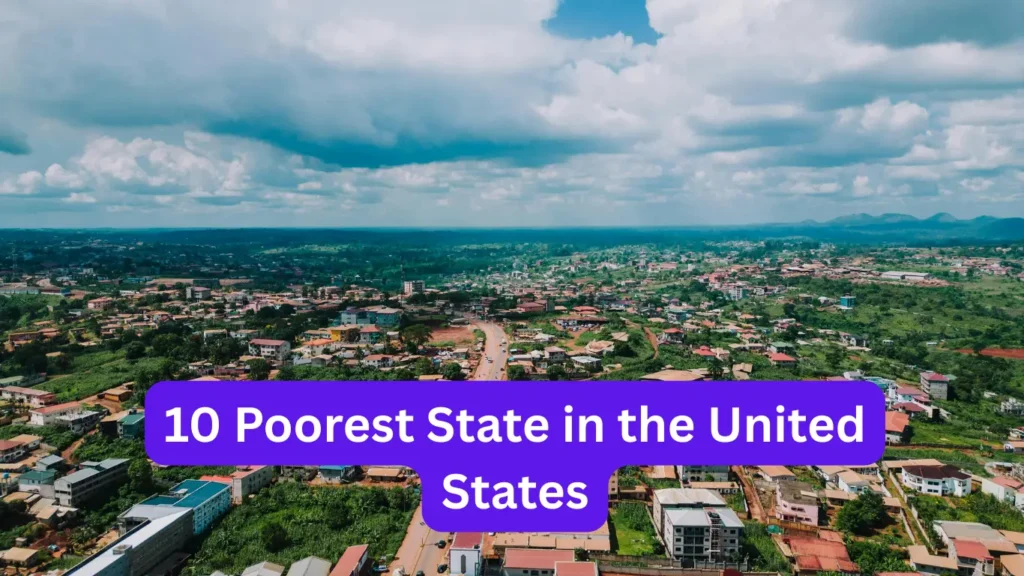While the United States is one of the world’s largest economies, not every city shares in that prosperity. Across the nation, several cities face high poverty rates, limited access to quality education, unemployment, and economic challenges. Understanding the 10 poorest cities in the United States offers insight into ongoing socioeconomic disparities and the need for community development and support programs.

1. Detroit, Michigan – Economic Recovery in Progress
Detroit has long been associated with the rise and fall of the American auto industry. While the city is making strides in revitalization, it still faces significant economic hardship. Nearly 30% of residents live below the poverty line.
Efforts are underway to restore downtown and attract tech startups, but many neighborhoods still suffer from high unemployment and aging infrastructure.
2. Cleveland, Ohio – Industrial Legacy, Modern Challenges
Once a manufacturing powerhouse, Cleveland has faced steady economic decline for decades. The city struggles with job loss, especially in traditional industries, and about 27% of its population lives in poverty.
Despite challenges, Cleveland is making efforts in healthcare and education to uplift its economy.
3. Newark, New Jersey – Urban Struggles Amid Growth
Newark is a major transportation and business hub, yet it continues to face high crime rates and economic challenges. Roughly a quarter of its residents live in poverty.
Despite its close proximity to New York City, income inequality remains stark, and many neighborhoods face underinvestment.
4. Brownsville, Texas – Border City with High Poverty
Brownsville sits along the U.S.-Mexico border and faces one of the highest poverty rates in the nation, with nearly 32% of its population affected.
While rich in culture and history, the city struggles with limited job opportunities and access to healthcare and education.
5. Flint, Michigan – Recovery from Economic and Health Crisis
Flint gained national attention due to its water crisis, but its economic struggles began long before. With the collapse of auto manufacturing, poverty surged—currently impacting over 38% of the population.
Ongoing efforts in infrastructure and education are underway, but recovery is slow.
6. Camden, New Jersey – Battling Blight and Budget Shortfalls
Camden is known for its struggles with crime, underfunded schools, and extreme poverty. Nearly 36% of residents live below the poverty line, making it one of the poorest cities on the East Coast.
Despite its challenges, Camden is home to large healthcare and educational institutions that offer hope for revitalization.
7. Gary, Indiana – Decline of Industry and Population
Gary was once a booming steel town, but as industries left, so did jobs. The city now has a poverty rate above 30% and has experienced drastic population loss.
Many neighborhoods are abandoned, and city services are stretched thin, although community leaders are working toward revitalization.
8. Rochester, New York – Education and Poverty Paradox
Rochester is home to respected universities and hospitals, yet it has one of the highest child poverty rates in the country. About 30% of its total population lives in poverty.
The city is working to bridge the gap between its wealthier suburbs and struggling inner-city neighborhoods.
9. Memphis, Tennessee – Music City’s Economic Divide
Memphis may be famous for its musical roots, but it faces deep economic issues. Nearly 27% of residents live in poverty, with many neighborhoods lacking access to quality education and healthcare.
Job creation in logistics and warehousing offers some promise, but income inequality remains a concern.
10. Youngstown, Ohio – Rust Belt City Facing Economic Shift
Youngstown has faced decades of economic decline following the collapse of the steel industry. With a poverty rate over 35%, the city is now working on diversifying its economy and attracting new investments.
Urban renewal projects and educational programs are slowly bringing signs of recovery.
Final Thoughts: Addressing Urban Poverty in America
The 10 poorest cities in the United States highlight the complex challenges of economic inequality, post-industrial decline, and insufficient access to resources. While some are showing signs of growth and revitalization, most still require long-term policy support and community-driven change.
Recognizing these cities isn’t just about statistics—it’s about understanding the lives of millions of Americans and what can be done to improve economic opportunity for all.
FAQs – Poorest Cities in the U.S.
Q1. What is the poorest city in the United States?
Detroit, Michigan often tops the list due to its high poverty rate and long-term economic decline, although cities like Flint and Brownsville also report similar or higher poverty levels.
Q2. How is poverty measured in U.S. cities?
Poverty is typically measured by the percentage of residents living below the federal poverty line based on income thresholds set by the U.S. Census Bureau.
Q3. Are these cities receiving government aid?
Many of these cities receive federal and state assistance for housing, education, and infrastructure, though the impact of such programs varies widely.
Q4. Can poor cities recover economically?
Yes, with strategic investment in education, infrastructure, healthcare, and small businesses, many cities can and do experience economic recovery over time.
Q5. Why do some cities remain poor despite development efforts?
Persistent issues like systemic inequality, underfunded schools, and lack of jobs continue to hinder economic progress in many areas despite development programs.
Explore more insightful rankings and city comparisons at USATop-10.
For useful financial calculators and planning tools, visit CalculationClub.



Pingback: 10 U.S. Cities Where Life Has Become Too Difficult in 2025